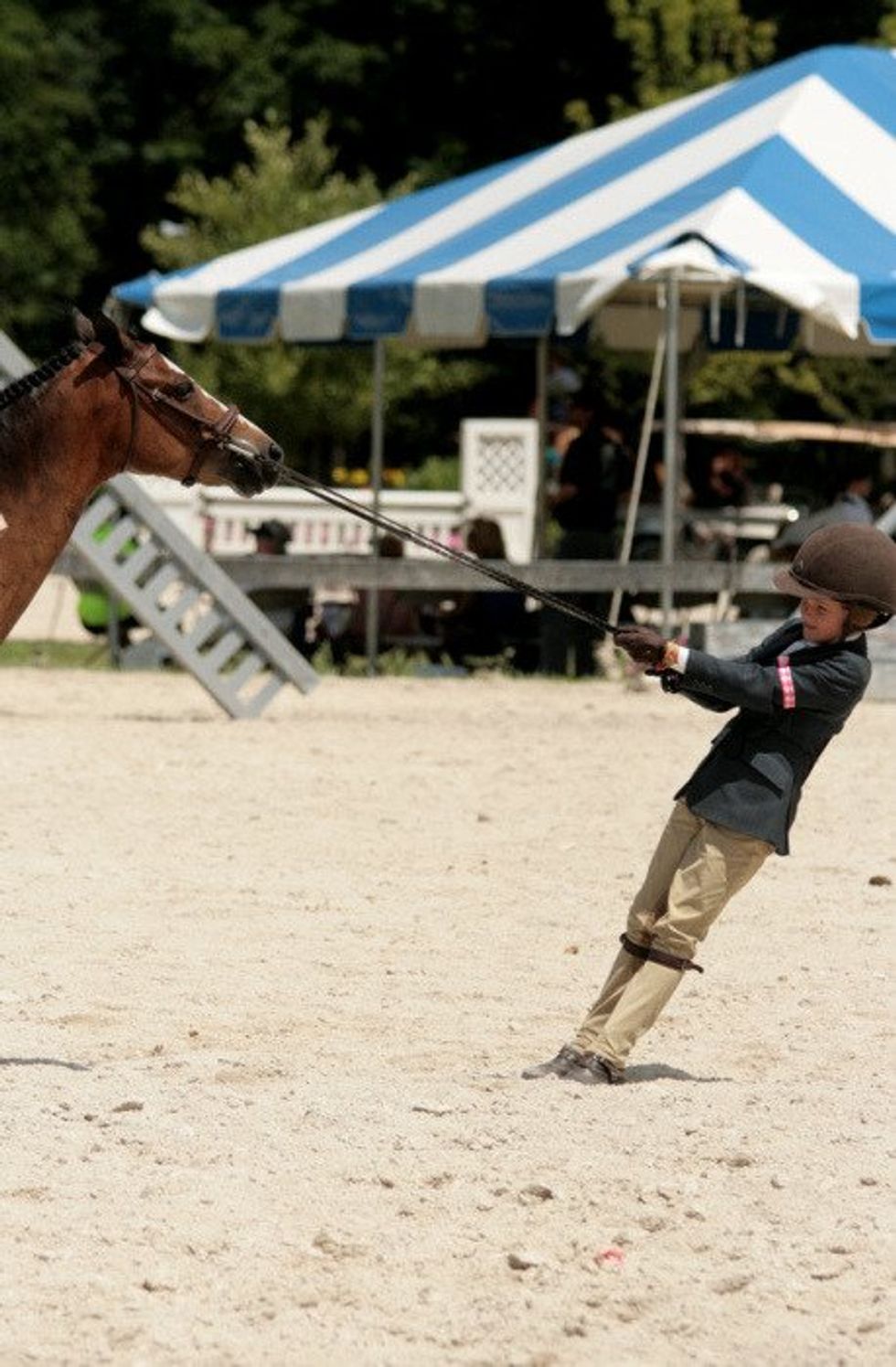Cartoons are the most popular form of entertainment for children and, like other media, transmit societal messages to viewers, which includes messages about gender. Instead of promoting messages conforming to society's gender expectations, "Steven Universe" challenges sexism, gender stereotypes and the gender binary on and off screen.
"Steven Universe" focuses on the adventures of the Crystal Gems, three alien warriors who protect the earth, and Steven, a half-human, half-gem, boy. It's also the first series on Cartoon Network created by a woman, which is a huge step forward for women in animation.
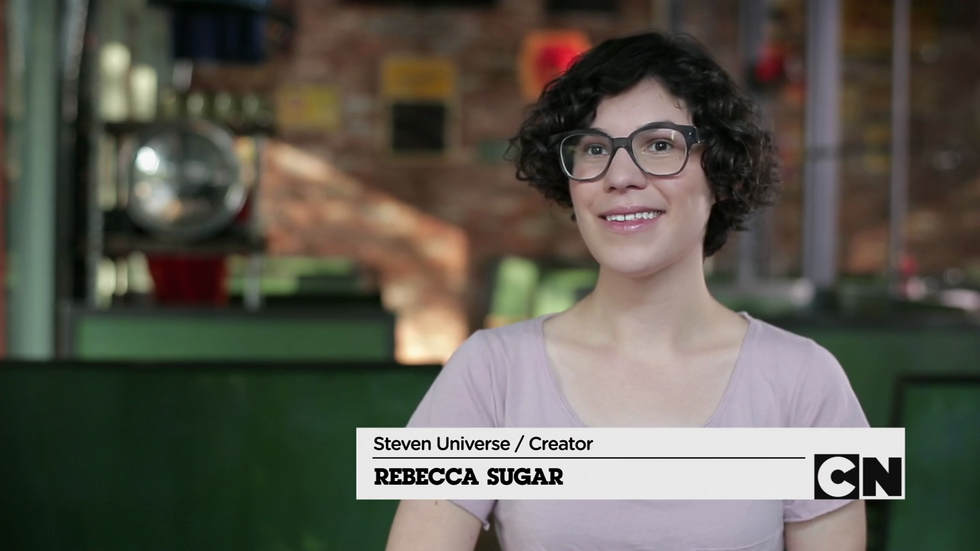
"Women have been trained to be artists in animation schools," Women in Animation co-president Marge Dean said, "but not to be leaders. They need to be encouraged to be brave enough to step up to the plat."
The show's creator, Rebecca Sugar, is also encouraging women to be leaders through the show itself. While the central protagonist is male, a majority of leading characters are women.
Garnet, Amethyst and Pearl are the Crystal Gems, the defenders of Earth, and each one of them identifies as female. Through out the series we see each of these women exhibit strength physically, mentally and emotionally, as seen in the episode "Coach Steven."
In this episode, Pearl must face a physically stronger opponent; however, her wit, determination and inner strength gives her the upper hand, and she wins.
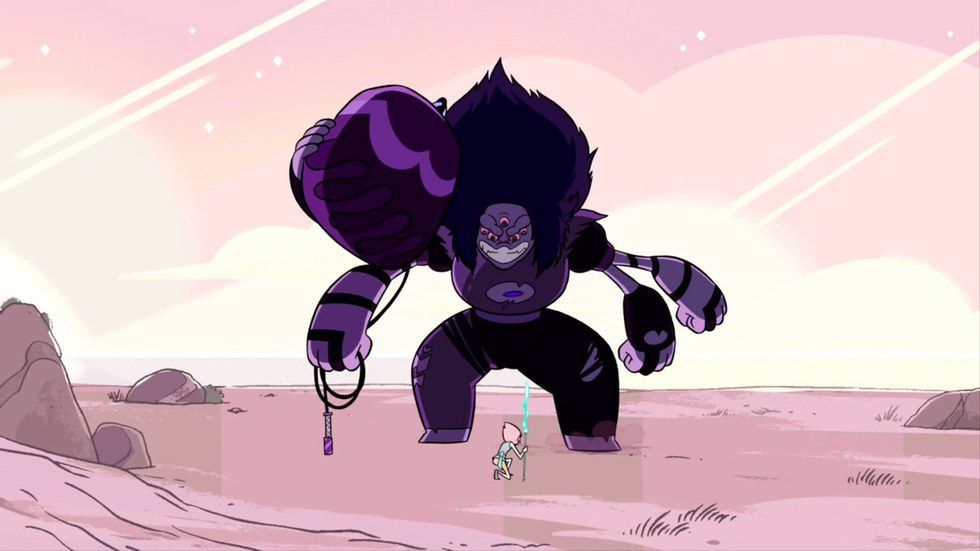
Having female characters that are strong, right and good in some situations and vulnerable, wrong and bad in others shows that woman are multi-dimensional and can't be restrained to stereotypes.
"My goal with the show was to really tear down and play with the semiotics of gender in cartoons for children," Sugar said in an interview with "Entertainment Weekly," "because I think that's a really absurd idea that there would be something radically different about a show for little girls versus a show for little boys."
To further challenge gender expectations, "Steven Universe" demolished the idea that certain things are for girls while others are for boys. This is seen primarily in the title character Steven.
Throughout the show, we see the characters, including Steven, go through emotionally toiling experiences, which reveals their more vulnerable sides. Instead of belittling Steven's emotions with remarks like "boys don't cry" or "man up," Steven's loved one show him support and acknowledge that it's alright to cry and feel emotional.
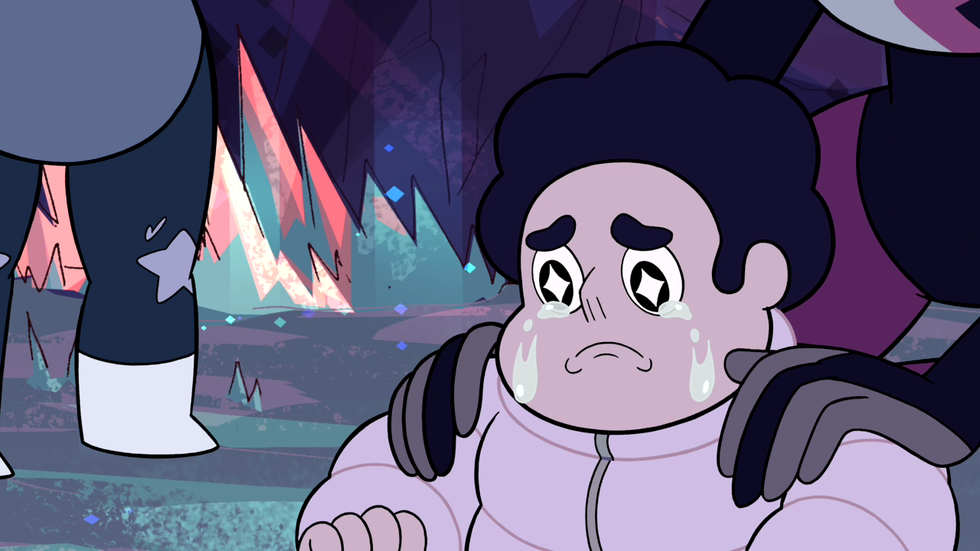
The show even challenges physical gender expectations. From the plus sized stature of Rose Quartz to the muscular build of Jasper to Pearl's ballerina figure, "Steven Universe" shows women of different body types instead of showcasing only body types society deems acceptable.
"Steven Universe" further challenges gender roles and the binary by including characters that are neither male nor female. In the episode "Alone Together," Steven fuses with his best friend Connie, creating the gender-neutral character Stevonnie.
"Steven Universe" is an important step for the field of animation in terms of gender. Children are more likely to imitate models of their same sex, so having a cartoon with diverse and inclusive gender representation transmits messages to children that they don't have to be limited by societal gender roles.



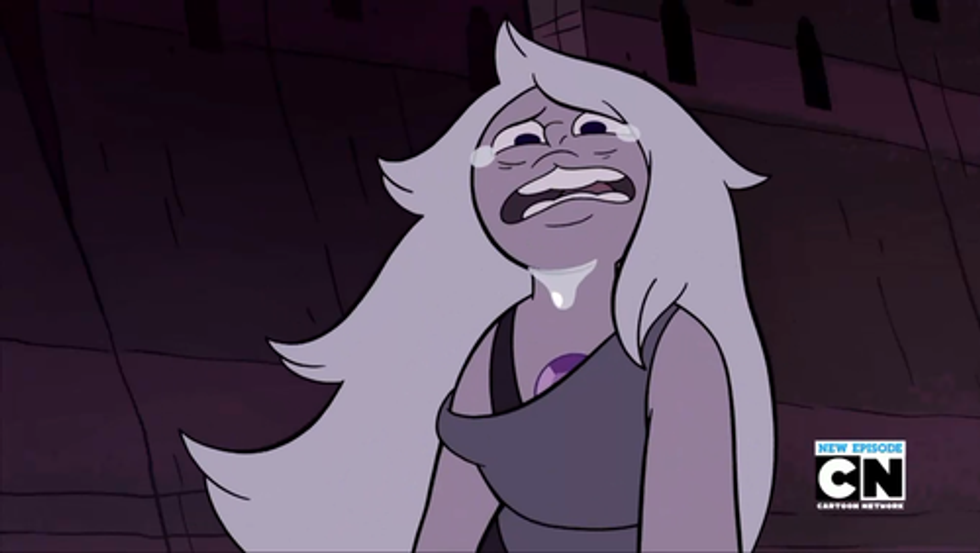

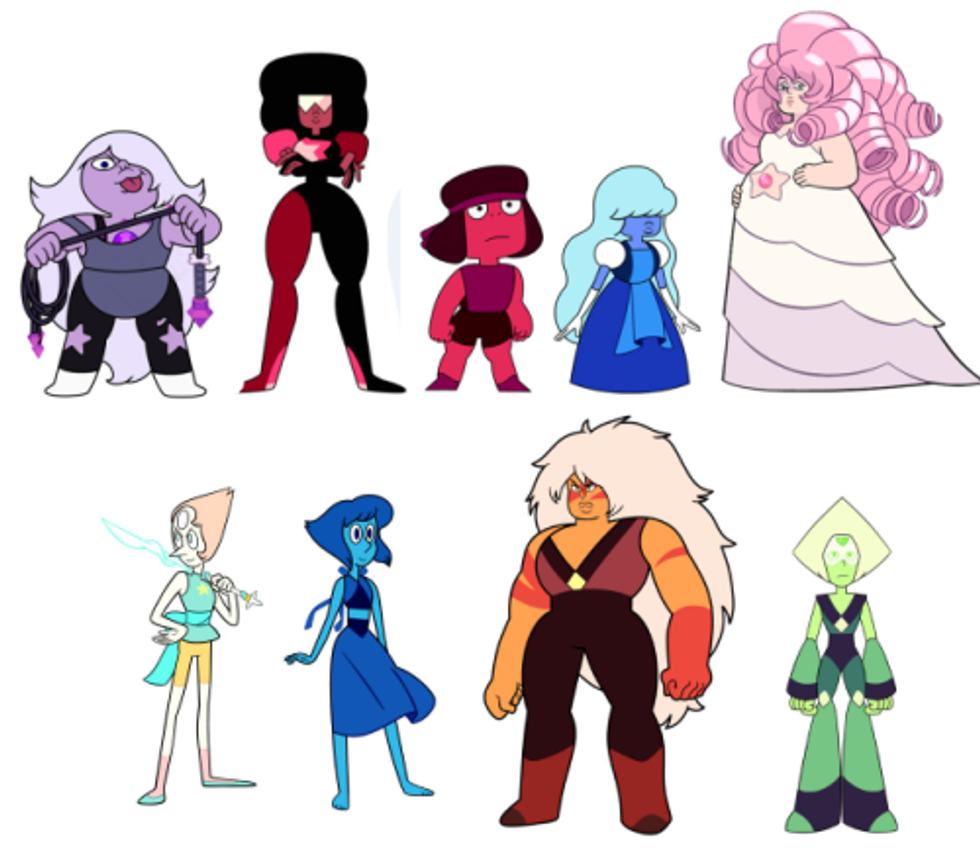
















 teenhorseforum
teenhorseforum

